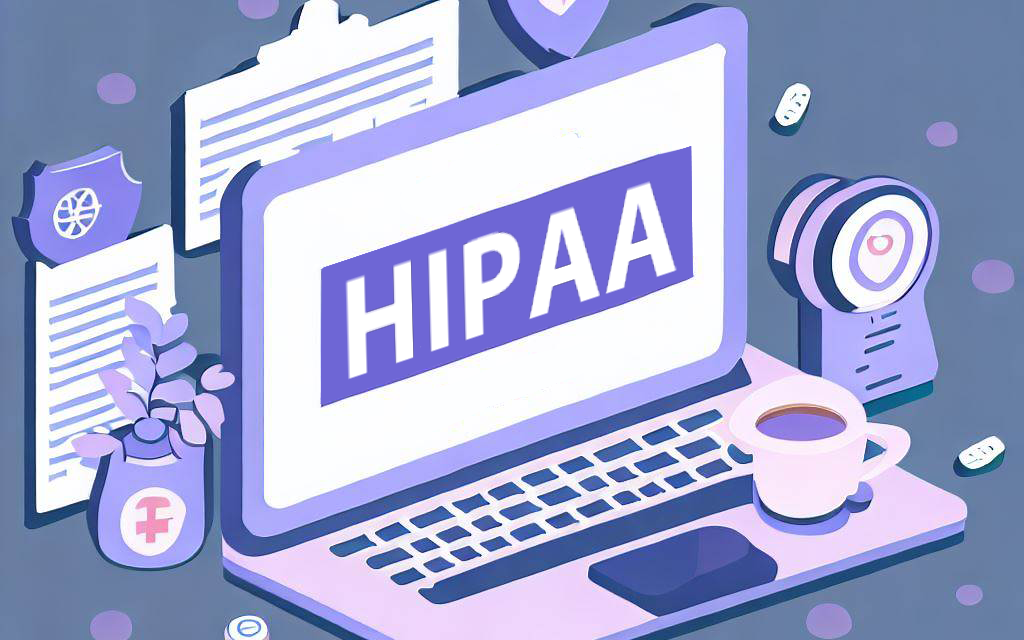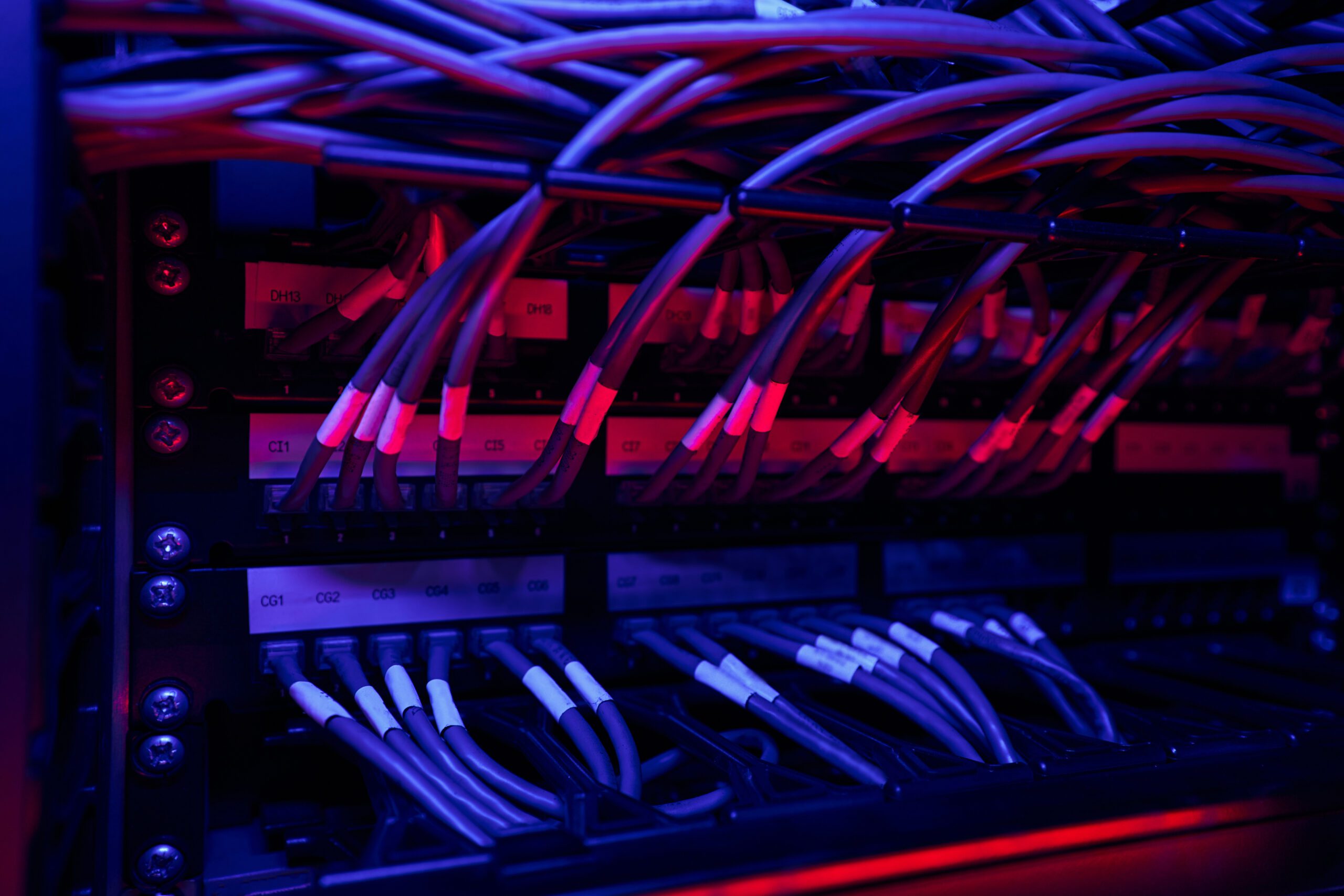HIPAA-Technological Safeguards
For dental practices, protecting patient data is not only an ethical obligation but also a legal requirement under the Health Insurance Portability and Accountability Act (HIPAA). HIPAA sets technical safeguards that dental IT systems must follow to keep electronic protected health information (ePHI) secure. Implementing proper technical controls demonstrates a practice’s due diligence in securing sensitive patient records.
HIPAA-Access Controls
Access controls limit access to ePHI to only authorized users and prevent those without permission from obtaining the data. This includes using unique user IDs, strong passcodes, multi-factor authentication, and tightly controlled access privileges based on roles. Settings to terminate sessions after inactivity can also strengthen access controls.
HIPAA-Auditing Controls
IT systems should have auditing capabilities to track activity on patient records and ePHI access. This includes logging actions like user logins, file views/access, changes to records, and deletions. Audit logs help detect suspicious activity and security incidents for investigation.
HIPAA-Transmission Security
Protecting ePHI transmitted over networks, email, or to other devices requires encryption to prevent unauthorized access. Use encrypted VPNs, secure email protocols like TLS, encrypted messaging platforms, and HTTPS encrypted websites. When transmitting data like scans or images to labs or specialists, encrypt the files or use a secure portal.
HIPAA-Integrity Controls
Integrity controls like hashing and digital signatures help verify records are intact and unaltered. This detects malicious or accidental data corruption.
Mobile Device Security
If accessing practice management systems on mobile devices, require password or PIN access, enable remote wipe if the device is lost, and encrypt data. Mobile device management software provides additional protections and controls.
HIPAA-Contingency Planning
Have an emergency contingency plan that outlines procedures to restore lost data or system operations after incidents like ransomware attacks, natural disasters, or server crashes. Maintain backups offline and test restorations regularly per HIPAA disaster recovery requirements.
HIPAA Safequards
By implementing HIPAA’s required technical safeguards, dental practices can demonstrate diligence in securing patient data with the proper IT security controls and infrastructure. Be proactive in analyzing new technologies and risks to ensure technical protections evolve as well. Consider regular risk assessments and audits of technical controls. Keep operating systems, software, and security tools fully updated. Provide ongoing cybersecurity training to staff on technical safeguards. Partnering with experienced dental IT professionals or managed service providers is advised to ensure robust and compliant technical security is maintained at all times. With vigilance and the right safeguards, dental teams can protect patient data and maintain trust.
You may also like
For dental practices, protecting patient data is not only an ethical obligation but also a legal requirement under the Health Insurance Portability and Accountability A
For modern dental practices, information technology (IT) is essential for delivering patient care and running office operations efficiently. However, dental so
Opening a new dental office requires investing in the right information technology to effectively run your practice. The right IT infrastructure will help your office operate smoothly, protec
Dental service organizations (DSOs) have seen tremendous growth over the past decade, evolving into a major segment of the dental industry. As technology continu
For dental practices, protecting patient data is not only an ethical obligation but also a legal requirement under the Health Insurance Portability and Accountability Act (HIPAA). HIPAA sets technical safeguards that dental IT systems must follow to keep electronic protected health information (ePHI) secure. Implementing proper technical controls demonstrates a practice’s due diligence in securing sensitive patient records.
HIPAA-Access Controls
Access controls limit access to ePHI to only authorized users and prevent those without permission from obtaining the data. This includes using unique user IDs, strong passcodes, multi-factor authentication, and tightly controlled access privileges based on roles. Settings to terminate sessions after inactivity can also strengthen access controls.
HIPAA-Auditing Controls
IT systems should have auditing capabilities to track activity on patient records and ePHI access. This includes logging actions like user logins, file views/access, changes to records, and deletions. Audit logs help detect suspicious activity and security incidents for investigation.
HIPAA-Transmission Security
Protecting ePHI transmitted over networks, email, or to other devices requires encryption to prevent unauthorized access. Use encrypted VPNs, secure email protocols like TLS, encrypted messaging platforms, and HTTPS encrypted websites. When transmitting data like scans or images to labs or specialists, encrypt the files or use a secure portal.
HIPAA-Integrity Controls
Integrity controls like hashing and digital signatures help verify records are intact and unaltered. This detects malicious or accidental data corruption.
Mobile Device Security
If accessing practice management systems on mobile devices, require password or PIN access, enable remote wipe if the device is lost, and encrypt data. Mobile device management software provides additional protections and controls.
HIPAA-Contingency Planning
Have an emergency contingency plan that outlines procedures to restore lost data or system operations after incidents like ransomware attacks, natural disasters, or server crashes. Maintain backups offline and test restorations regularly per HIPAA disaster recovery requirements.
HIPAA Safequards
By implementing HIPAA’s required technical safeguards, dental practices can demonstrate diligence in securing patient data with the proper IT security controls and infrastructure. Be proactive in analyzing new technologies and risks to ensure technical protections evolve as well. Consider regular risk assessments and audits of technical controls. Keep operating systems, software, and security tools fully updated. Provide ongoing cybersecurity training to staff on technical safeguards. Partnering with experienced dental IT professionals or managed service providers is advised to ensure robust and compliant technical security is maintained at all times. With vigilance and the right safeguards, dental teams can protect patient data and maintain trust.
You may also like
For dental practices, protecting patient data is not only an ethical obligation but also a legal requirement under the Health Insurance Portability and Accountability A
For modern dental practices, information technology (IT) is essential for delivering patient care and running office operations efficiently. However, dental so
Opening a new dental office requires investing in the right information technology to effectively run your practice. The right IT infrastructure will help your office operate smoothly, protec
Dental service organizations (DSOs) have seen tremendous growth over the past decade, evolving into a major segment of the dental industry. As technology continu






